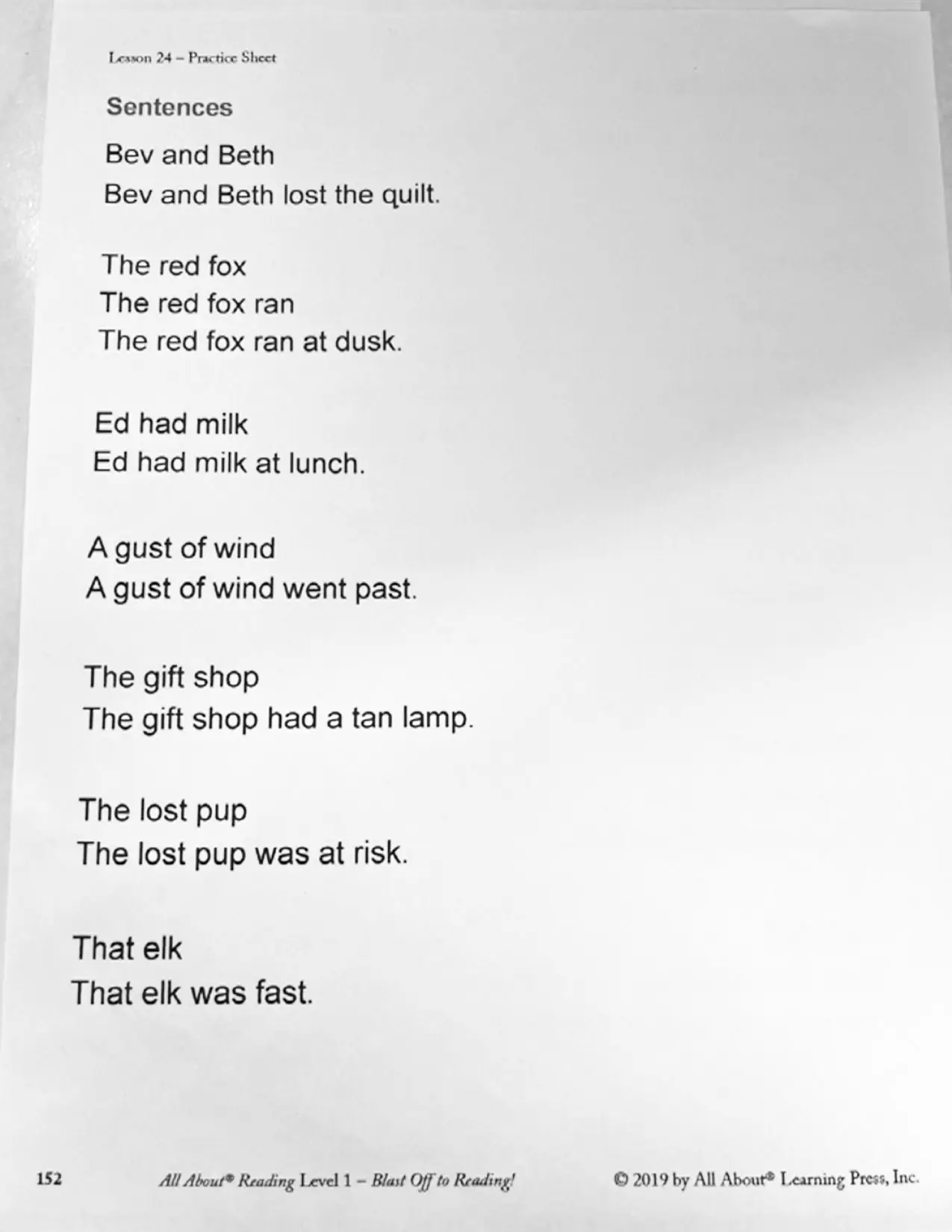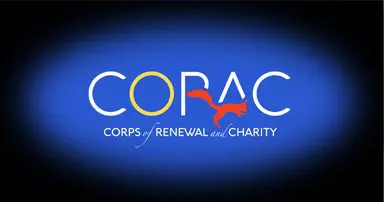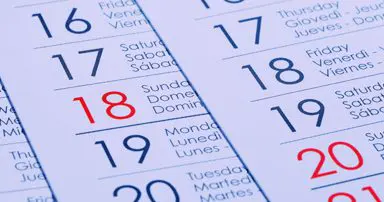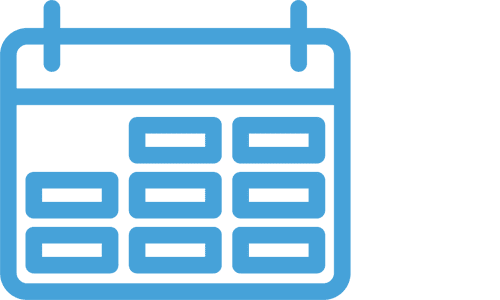By Carolyn Goldammer, Certified Dyslexia Specialist/Teacher
As a part of the CORAC National Education Team, I will attempt to put together a way to help your child when you have tried to teach them to read and spell and they just don’t seem to be catching on. Sometimes it is because they have a language-based learning disability, such as dyslexia. All of the methods I use when teaching students with learning disabilities are the same as I would use for children who seem to catch on more quickly. The difference is the amount of repetition needed in order to build foundational reading skills. According to one study “A Principal’s Primer for Raising Reading Achievement”, p. 66, the number of times you repeat/practice a skill can range from 1-4 repetitions for a ” gifted reader” to 200 or more repetitions (with correct responses) for a child with a language-based learning issue, in order to solidify the neural pathways to make reading automatic.
There are numerous materials that can be utilized to practice reading and spelling skills, remembering that they need to be systematic and multi-sensory, especially when a child struggles or is young. Our lessons should build in this repetition to link proper speech sounds to their letter representation while teaching correct letter formation, decoding skills (reading) and encoding skills (spelling). Some of the ways to accomplish this are using:
- Letter tiles* (I like to put magnets on the back)
- Phonogram cards*
- Reading words, phrases, and sentences using the new skill then transitioning to very decodable stories* based on your scope and sequence.
- Clay that can be shaped into letters & sounds
- Sand trays (I have found an 11×13″ metal baking dish with a bumpy bottom and filled with a thin layer of sand)
- Shaving cream
The list is as big as your creativity.
* I love using the program All About Reading (AAR) and All About Spelling, which were written with homeschoolers in mind. One of the mistakes I see for new homeschoolers is understanding that “Lesson One” does not mean teach in one day. This needs to be practiced many times to build in automaticity. My students love to read from AAR “real books” with beautifully illustrated pictures. This program provides teachers’ manuals, magnetic tiles and some activities to use with your children. See the “Sample-reading-lesson.pdf” for an example of a typical daily lesson.
In order to provide more repetition, I have also purchased many, many word lists and stories from Orton-Gillingham Specialists on Teachers Pay Teachers. Some of my favorites are The Literacy Nest (Emily Gibbons) and The Dyslexia Classroom (Casey Harrison). I have these word lists, stories, and games printed out and put in sheet protectors so I can use and reuse them with multiple children.
If I can answer questions, please feel free to email me through education@coracusa.com.
All About Reading, Level 1, Lesson 25: Sample pages



































0 Comments